Increasing Adoption of Renewable Energy Sources
The Power Optimizer Market is experiencing a notable surge due to the increasing adoption of renewable energy sources. As countries strive to meet their energy needs sustainably, solar and wind energy installations are on the rise. In 2025, the International Energy Agency reported that renewable energy accounted for approximately 30% of total electricity generation. This shift necessitates the integration of power optimizers to enhance the efficiency and performance of solar panels, thereby maximizing energy output. The growing emphasis on reducing carbon footprints further propels the demand for power optimizers, as they play a crucial role in optimizing energy production from renewable sources. Consequently, this trend is likely to drive significant growth in the Power Optimizer Market, as stakeholders seek to leverage advanced technologies to improve energy efficiency.
Growing Awareness of Energy Management Solutions
There is a growing awareness of energy management solutions among consumers and businesses, which is positively impacting the Power Optimizer Market. As energy efficiency becomes a priority, stakeholders are increasingly recognizing the benefits of power optimizers in enhancing the performance of solar energy systems. Educational initiatives and marketing campaigns are contributing to this awareness, highlighting the advantages of optimizing energy production. In 2025, it is projected that the market for energy management systems will reach USD 10 billion, indicating a robust interest in solutions that improve energy efficiency. This heightened awareness is likely to drive the adoption of power optimizers, as more individuals and organizations seek to implement effective energy management strategies. Consequently, the Power Optimizer Market is expected to benefit from this trend, as it aligns with the broader movement towards sustainable energy practices.
Regulatory Frameworks and Environmental Policies
The Power Optimizer Market is significantly influenced by regulatory frameworks and environmental policies aimed at promoting sustainable energy practices. Governments worldwide are implementing stringent regulations to reduce greenhouse gas emissions and encourage the use of renewable energy sources. In 2025, it is anticipated that more than 50 countries will have established renewable energy targets, creating a favorable environment for the adoption of power optimizers. These policies not only incentivize the installation of solar energy systems but also emphasize the importance of optimizing their performance. As a result, the demand for power optimizers is likely to increase, as they are essential for meeting regulatory requirements and achieving sustainability goals. This regulatory landscape is expected to drive the growth of the Power Optimizer Market, as stakeholders align their strategies with environmental objectives.
Technological Advancements in Power Optimization
Technological advancements are significantly influencing the Power Optimizer Market. Innovations in power electronics, data analytics, and artificial intelligence are enabling the development of more efficient and reliable power optimizers. These advancements allow for real-time monitoring and management of energy production, which is essential for maximizing the performance of solar energy systems. In 2025, the market for smart inverters, which often incorporate power optimization features, is projected to reach USD 5 billion, indicating a robust growth trajectory. As technology continues to evolve, the capabilities of power optimizers are expected to expand, offering enhanced functionalities such as predictive maintenance and improved grid integration. This evolution is likely to attract more investments and drive the expansion of the Power Optimizer Market.
Rising Energy Costs and Demand for Cost-Effective Solutions
The escalating energy costs are prompting consumers and businesses to seek cost-effective solutions, thereby driving the Power Optimizer Market. As electricity prices continue to rise, the need for efficient energy management becomes increasingly critical. Power optimizers provide a viable solution by enhancing the energy yield of solar installations, which can lead to substantial savings on energy bills. In 2025, it is estimated that the average residential electricity price will increase by 5%, further incentivizing the adoption of technologies that improve energy efficiency. This economic pressure is likely to propel the demand for power optimizers, as they offer a means to optimize energy consumption and reduce overall costs. Consequently, the Power Optimizer Market is poised for growth as more stakeholders recognize the financial benefits of these technologies.


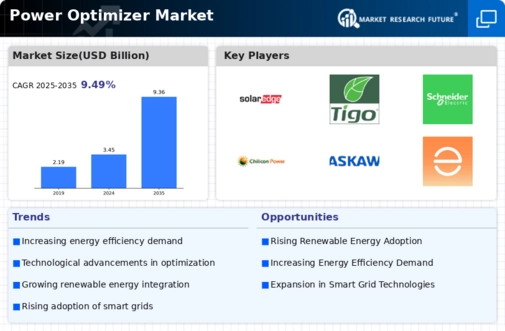
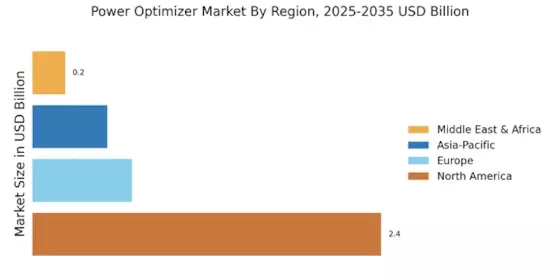

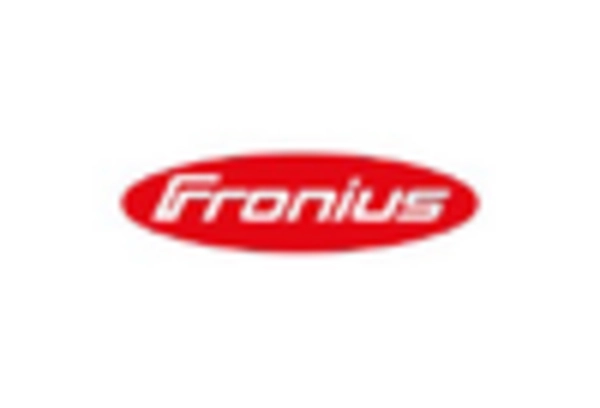


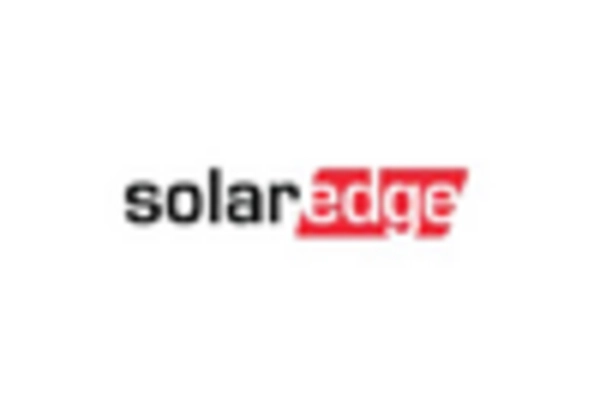
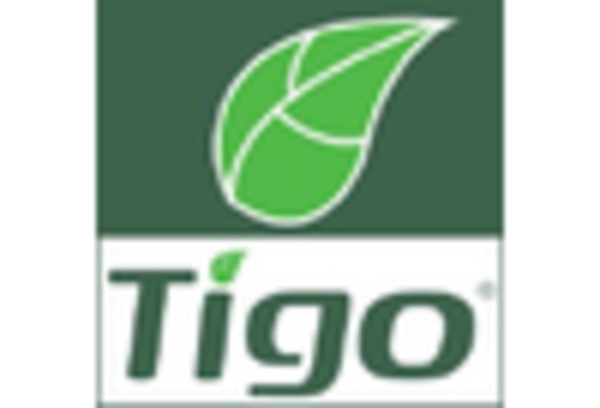








Leave a Comment